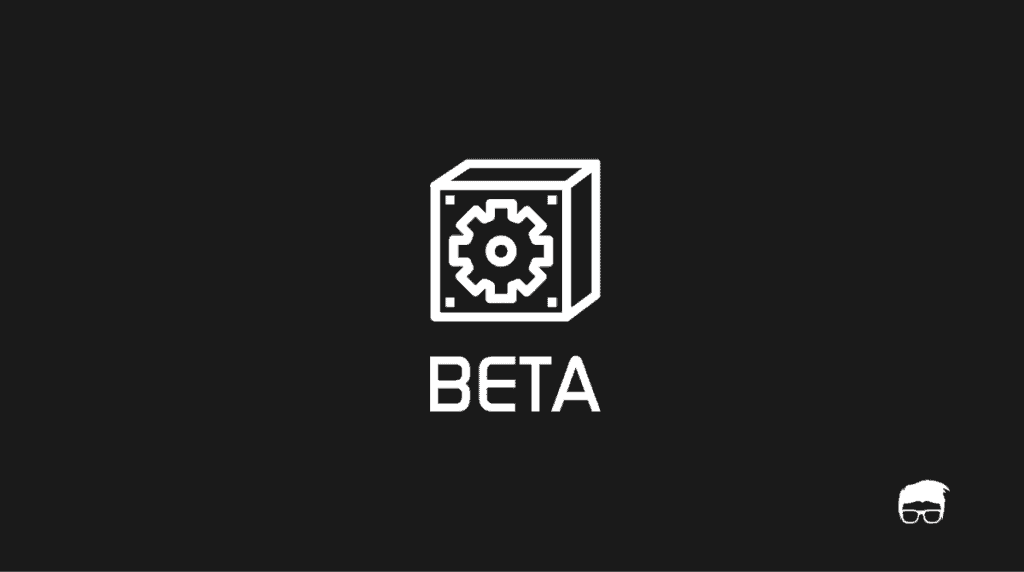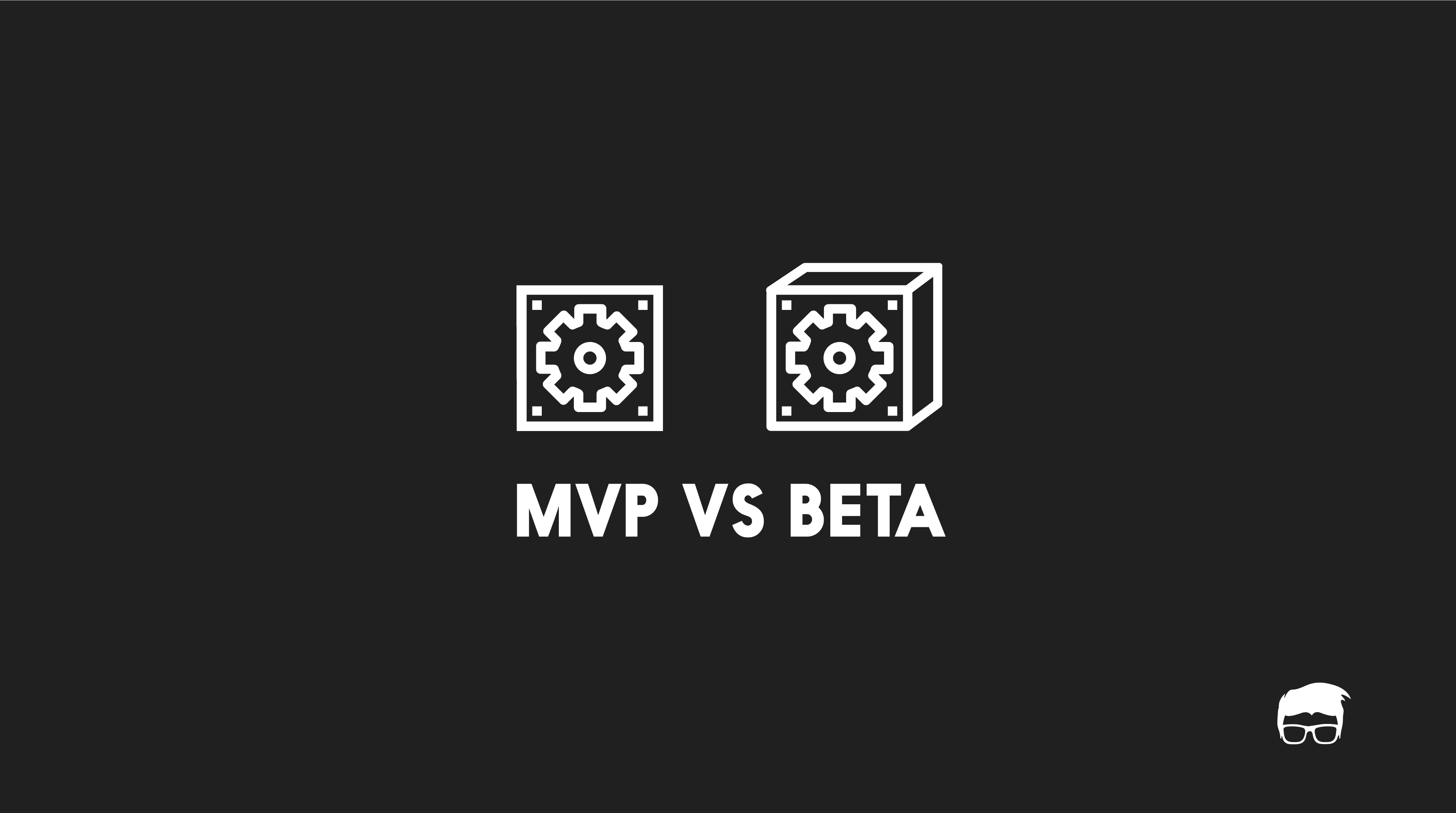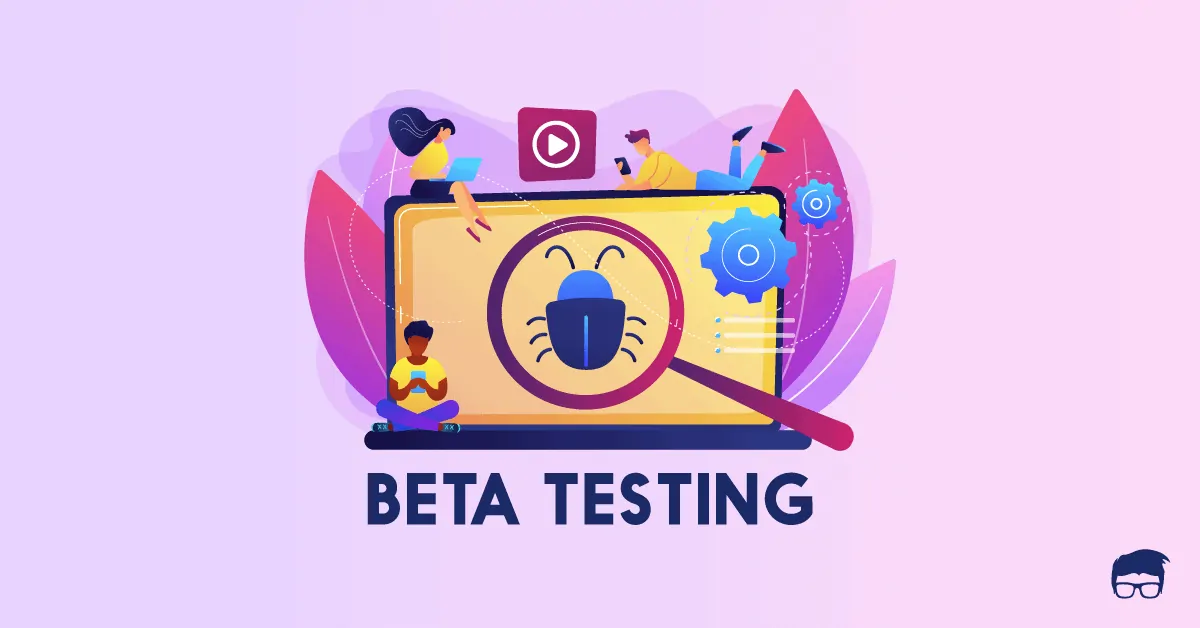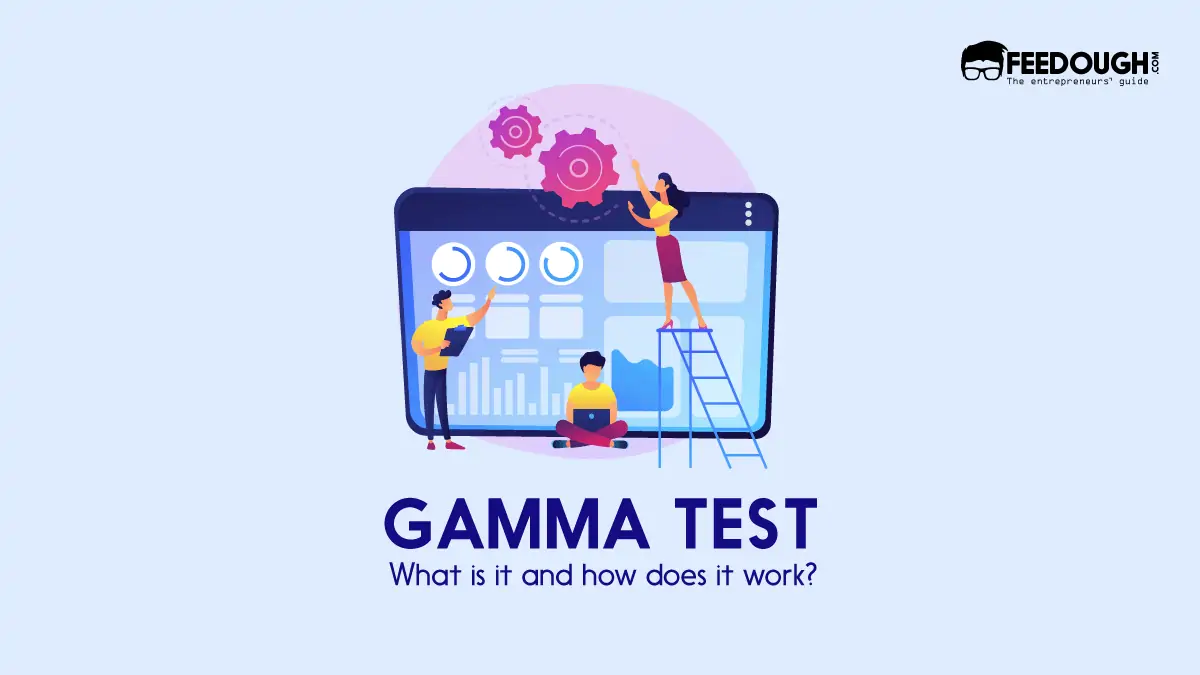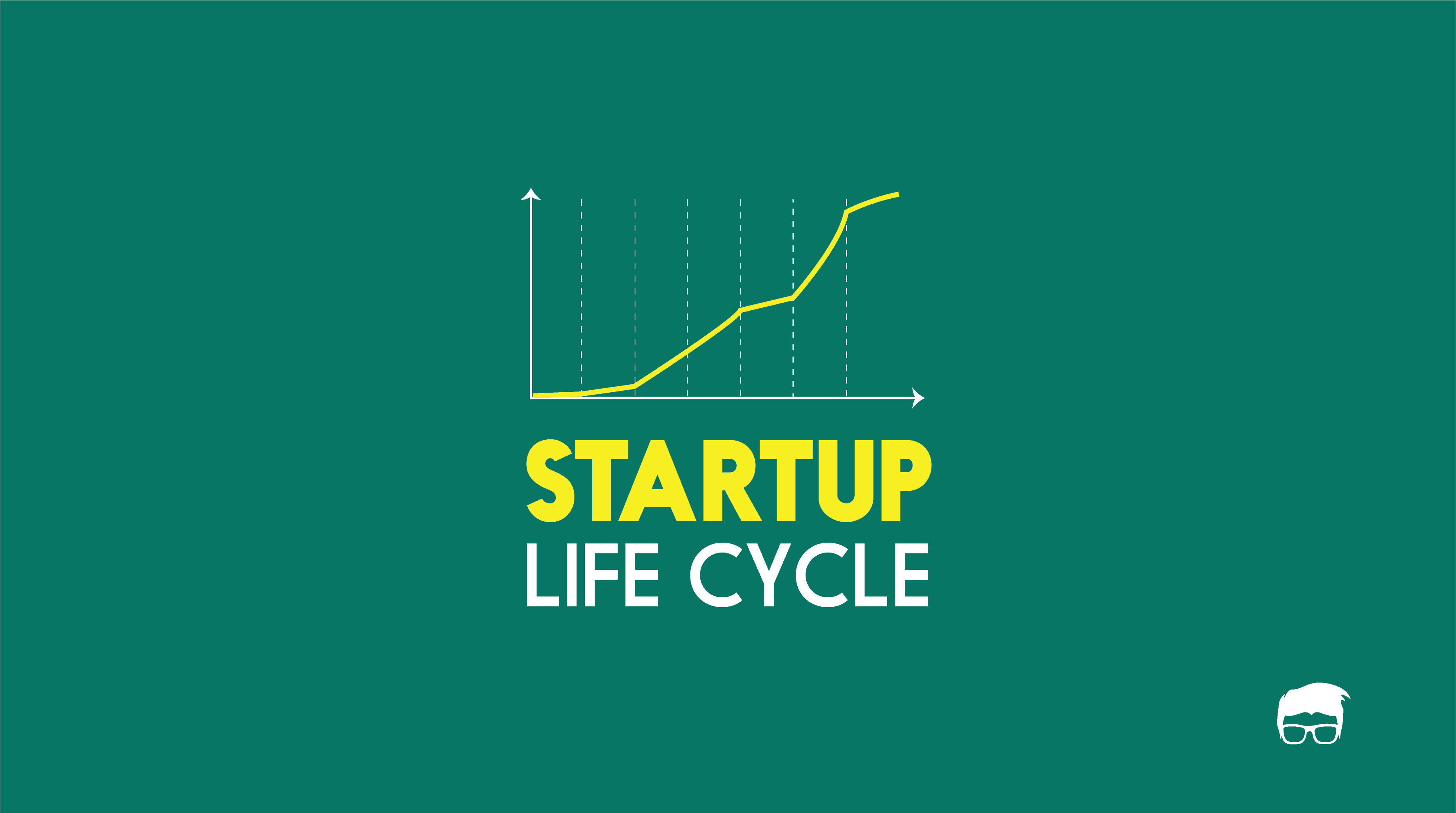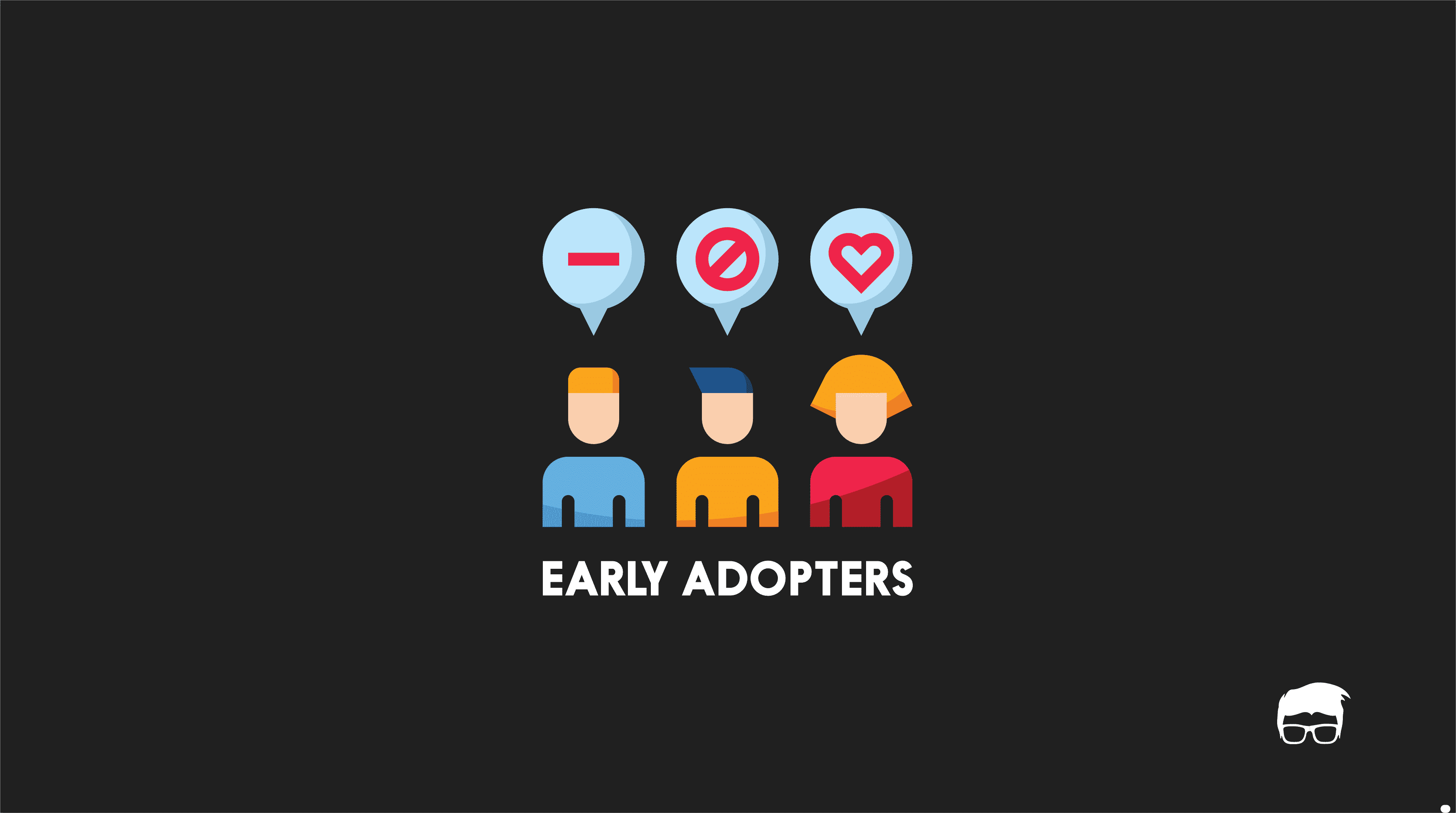With pre-releases being a common norm in the booming online market, beta versions and beta testers are terms that most of the majority are familiar with. But as an entrepreneur what does beta release really mean to you?
What Is Beta version?
Beta version is an early release of the offering that’s almost ready but might have bugs that can only be found when a wide user base tries it out.
Beta is the second letter of the Greek alphabet, suggesting that it is the second development phase that usually comes after the MVP or the alpha testing.
Thus, in simple terms, beta version is the crash test for your startup’ offering before it is finally released.
Generally, this crash test is often released only to a select group of people but it can also be released to the general public to test and provide feedback.
Why Is Beta Phase Important?
Generally, products tend to have much more bugs or system flaws when released in the beta phase. They are then worked on, rectified and a much cleaner result is launched as the actual product. Releasing a product without having a beta phase could result in catastrophic market responses as users expect a finished product on the release and having a direct launch might give a product with possible performance issues.
When in beta state, beta testers are more considerate and help to report bugs and faults back to the developer. In exchange, the developer fixes the bug and gives the beta testers benefits like early hands on the product, special offers, etc. This sets the base of your product and through your beta testers’ review, it is easier to understand what users really expect off your product and so how you should market your product.
The 3 Types Of Beta Testing
Perpetual Beta
Often used by developers when they keep on releasing new features till the offering is finalised. Perpetual beta stage extends for a long indefinite term and is a developer’s way of saying that the product is not completely ready and the support team is not to be blamed for the bugs you might face.
Closed Beta
Closed Beta is launched for users that are limited and known to give professional reviews and feedback for the product. A closed beta is launched by inviting beta testers and asking them to review the current state of the product. Generally, games or applications that are making major changes create a closed beta platform for their known users to give feedback.
Open Beta
Open Beta is open for all. You need to sign up stating that you are aware of the possible bugs in the system and you cannot claim damages because the product is in a development stage. This gives you a much larger and open audience that helps you test your product for free.
How To Build A Beta Version
Let us suppose you have built an e-commerce website that deals with baby products and you have taken similar assumptions as that in “What is an MVP”
- Target audience: 25-40 years old mothers
- Best-selling product: Diapers
- USP: You deliver products within 6 hours
- Most opted shipping method: 6-hour delivery
Now you have already tested this by creating a Minimum viable product. What next? You open it up for a beta.
After starting with the beta phase, you realize that about 70% of users get an issue when choosing a particular Bank’s debit card option. This probably would’ve been passed off in the MVP as mass traffic is required to test these things. Therefore, you resolve the issue with the payment gateway and update your backend for the website.
This is an example for open beta. You do this on your website before rolling it out on all platforms so that you make sure customer dissatisfaction is minimal because after all, it is the first impression that your product/service makes on the users.
Go On, Tell Us What You Think!
Did we miss something? Come on! Tell us what you think about our article on beta version in the comments section.
Engineer by education. Writer by choice. I learn about new things by writing about them.
